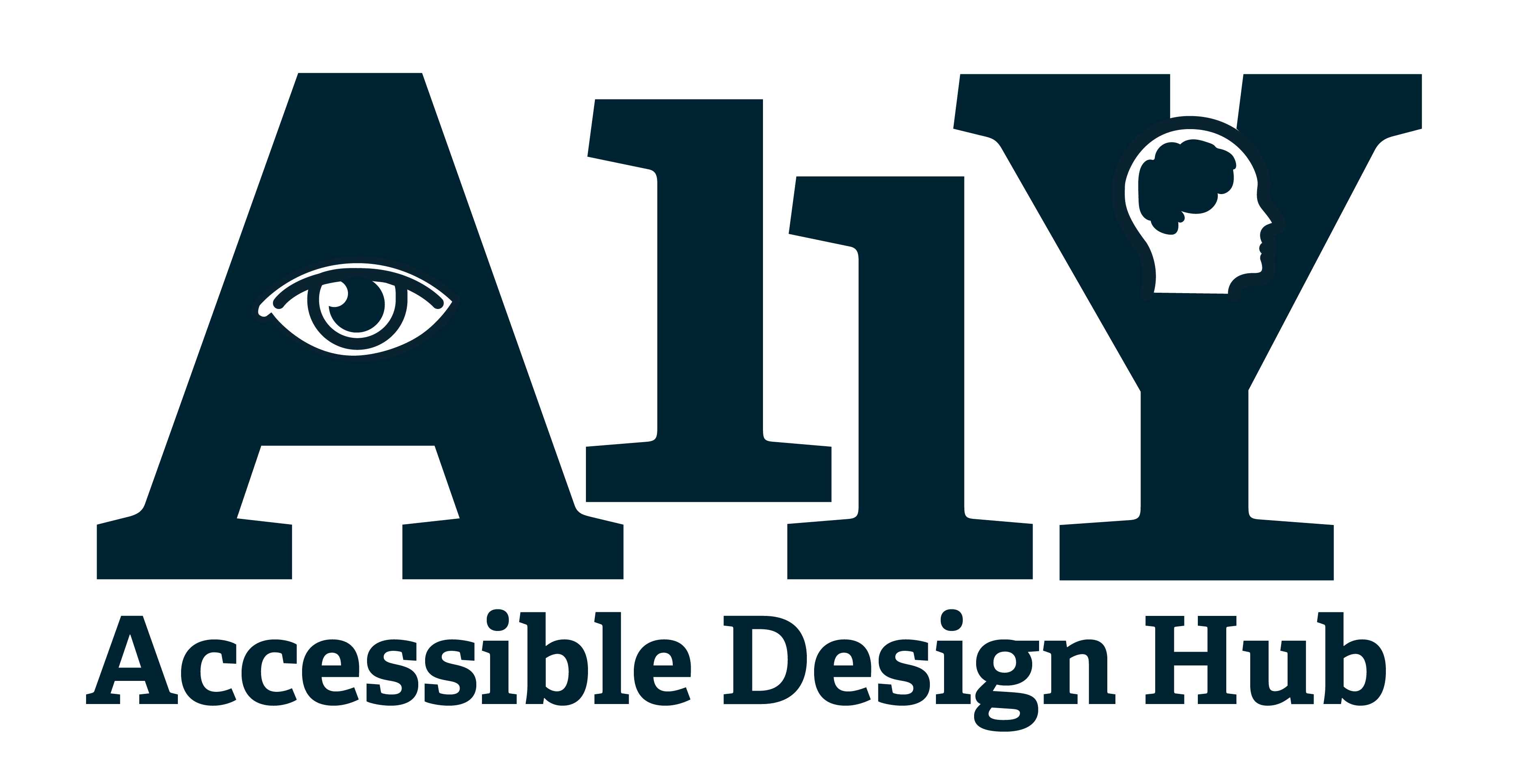Sight Disabilties
What are sight disabilities? Scroll down to learn more and about how they impact website usage!


What is a sight disability?
A sight disability, or visual impairment, is a condition where individuals experience either partial or complete loss of vision. This can range from difficulty seeing objects to complete blindness and may be present from birth or acquired later in life due to various factors like
injury or illness.
Types of Sight Disabilites
Partial
You retain partial sight, often referred to as “low vision”
by many.
Complete
You have no vision or ability to perceive light, a condition that is extremely uncommon.
Congenital
This is congenital vision impairment, caused by inherited eye conditions or non-inherited birth defects.
Legal
This condition refers to central vision of 20/200 or worse, even with glasses or contacts, requiring objects to be 10 times closer or larger to see compared to those with 20/20 vision. Legal blindness can also result from severely reduced peripheral vision.
Nutritional
This term refers to vision loss caused by a lack of vitamin A. Continued deficiency can lead to damage to the eye’s front surface, known as xerophthalmia. Additionally, it can impair night and low-light vision due to reduced function of retinal cells.
How does that impact website usage?
Visual impairment can affect website usage as users may rely on screen readers or magnification software. Websites should be properly structured and offer options for adjusting contrast and font sizes to improve accessibility for users with visual impairments.

